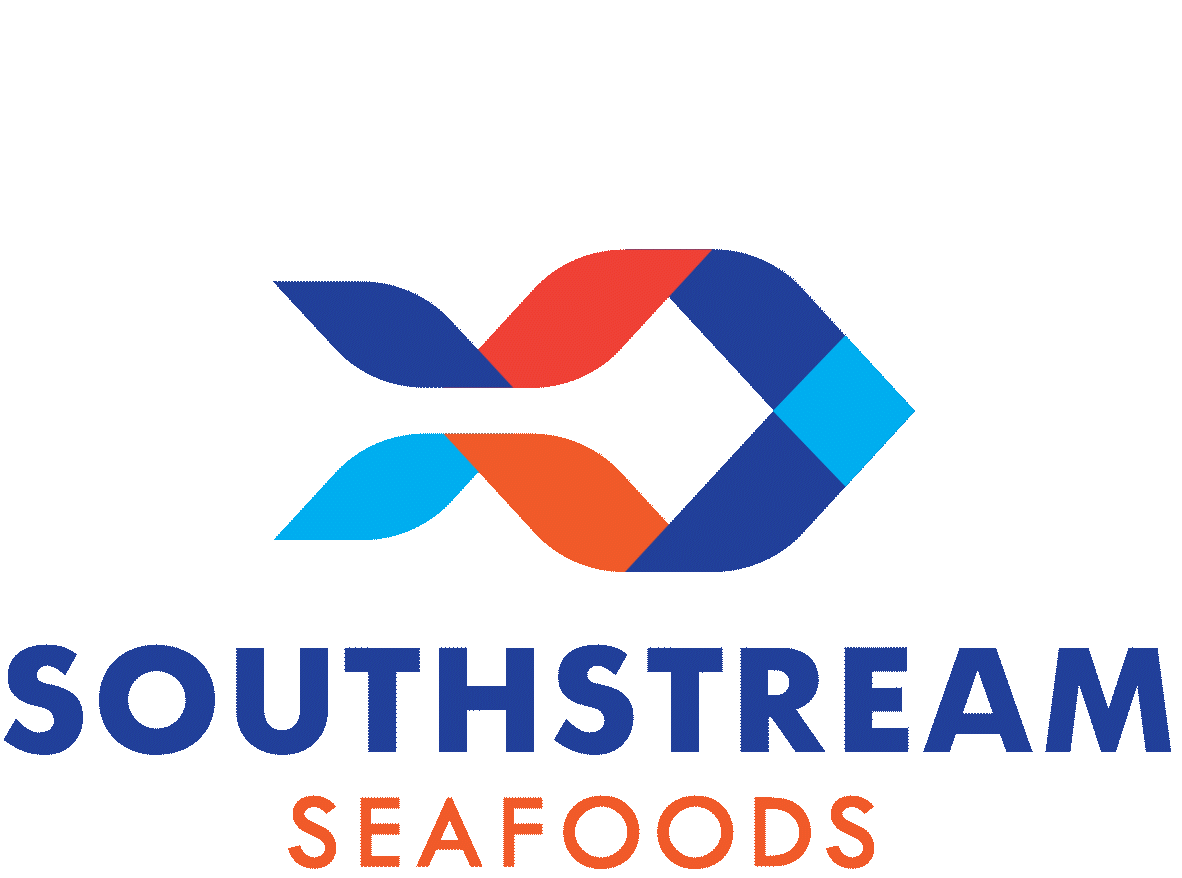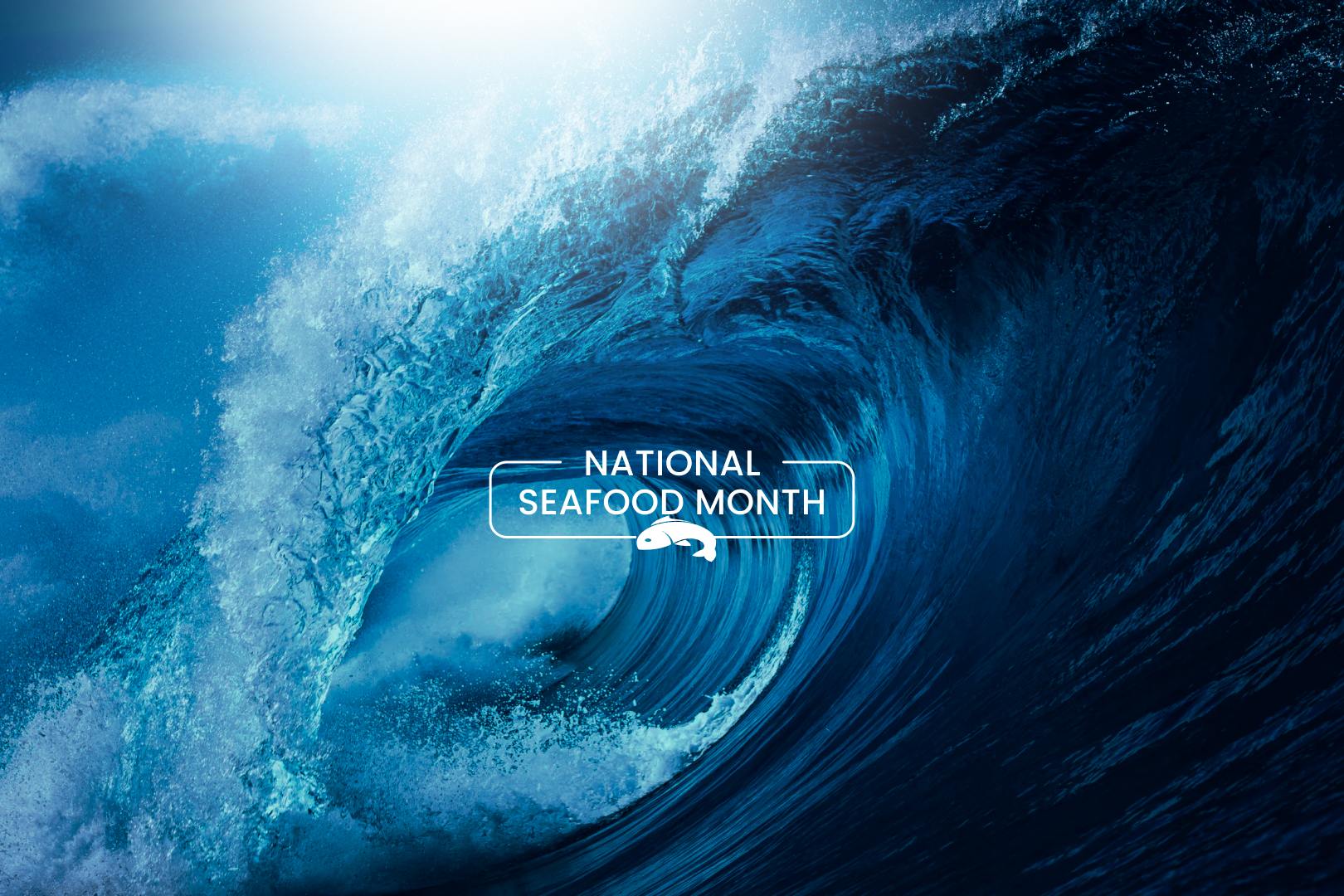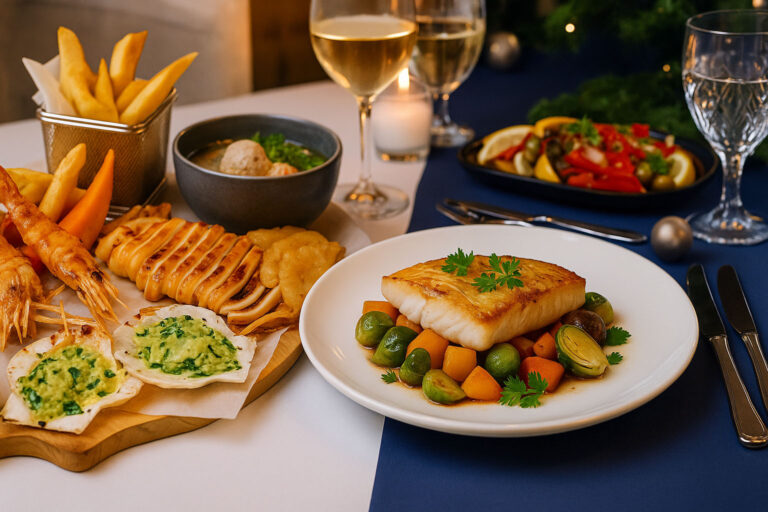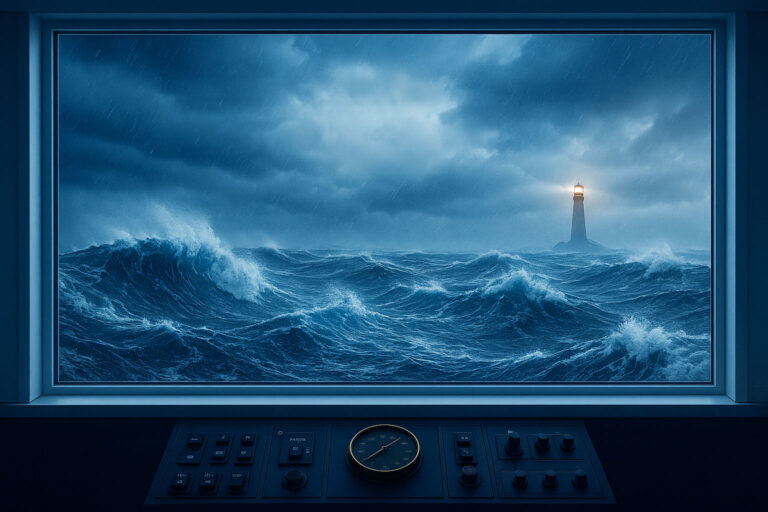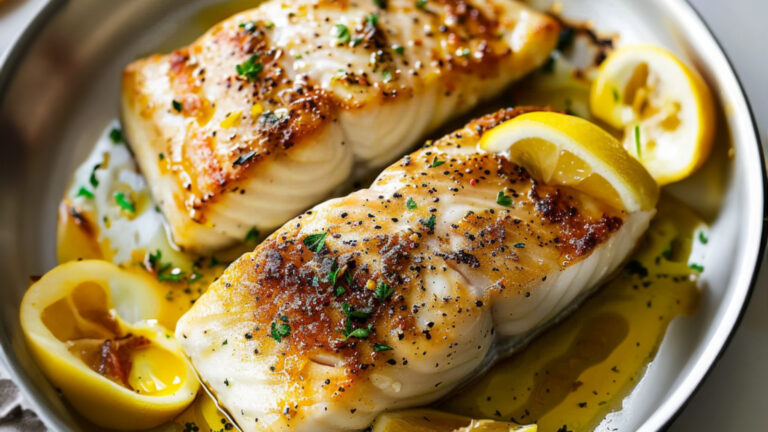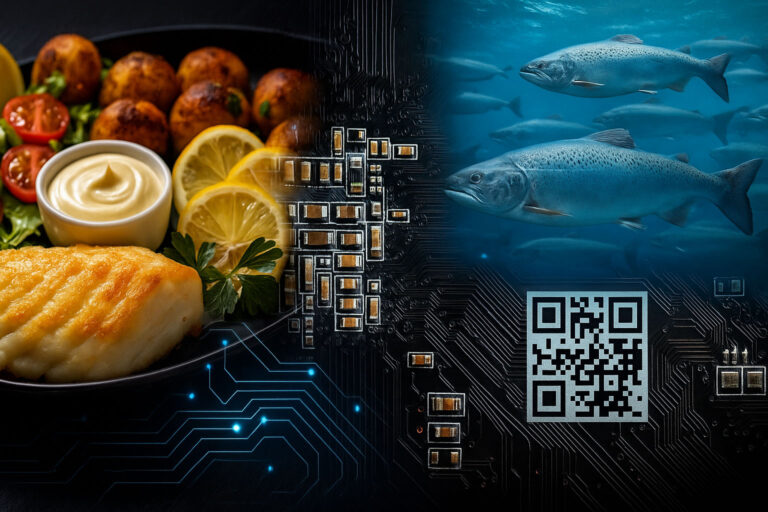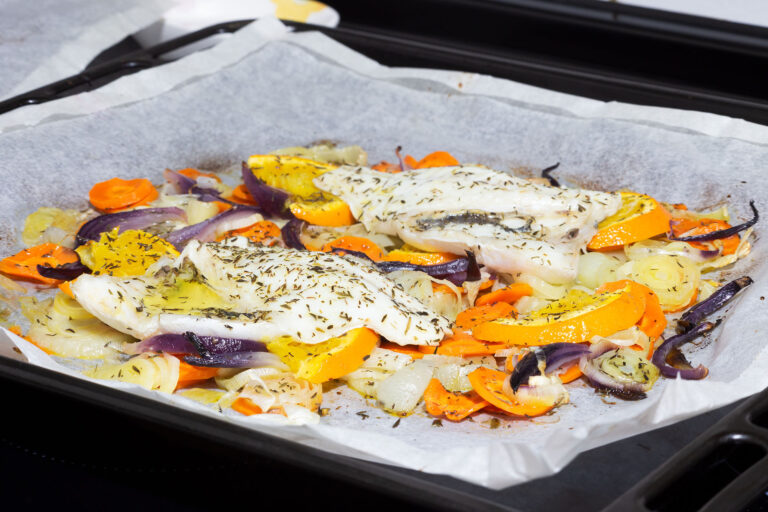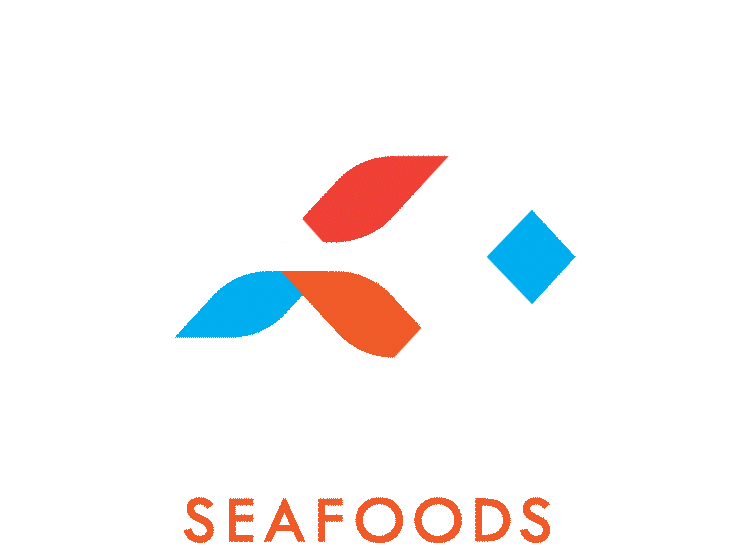Who Really Owns the Ocean — and Who Protects It?
Every seafood professional has asked it at least once: Who actually owns the ocean?
It’s a simple question with a complicated answer — one that has shaped the future of fishing, food supply, and sustainability for decades.
For centuries, the high seas — the vast open waters beyond any nation’s jurisdiction — have been the world’s last frontier: rich, mysterious, and largely ungoverned. Roughly two-thirds of the global ocean lies in these international waters, home to countless species and critical ecosystems that regulate our planet’s climate. Until now, protection for those waters existed mostly in principle — not in policy.
A New Chapter for the Ocean
This year, that changed. The High Seas Treaty, formally known as the Biodiversity Beyond National Jurisdiction (BBNJ) Agreement, was adopted by the United Nations and officially opened for signatures — a global pact to safeguard marine biodiversity and ensure sustainable use of international waters.
The agreement, hailed by the Marine Stewardship Council (MSC) as a “milestone for ocean governance,” sets out mechanisms for creating marine protected areas (MPAs), assessing the environmental impacts of human activity, and building frameworks for equitable sharing of marine genetic resources.
“The High Seas Treaty represents the single most important advance in ocean protection in a generation,” the MSC wrote in its September 2025 statement. “It provides the legal foundation for governments to act collectively to protect biodiversity in the 60% of the ocean that lies beyond national borders.”
According to the United Nations Division for Ocean Affairs and the Law of the Sea, the treaty gives the world, for the first time, a way to manage the open ocean as a shared resource — not an unregulated expanse.
“After almost two decades of negotiations, the ratification of the High Seas Treaty by 60 countries is a significant step forward to strengthen international protection of our ocean,” MSC CEO Rupert Howes said. “At the Treaty’s heart is the conservation and sustainable use of marine biological diversity – a goal the MSC supports, and which is central to sustainable fishing.”
What It Means for Seafood
For companies that rely on the ocean — from harvesters to distributors to chefs — this isn’t just a political milestone. It’s an operational one. The seafood supply chain has long been challenged by traceability: knowing where fish come from, how they were caught, and whether those practices can continue sustainably.
At Southstream Seafoods, we’ve built our business on that very principle. Our partnerships with MSC-certified fisheries mean that each product we deliver — whether From Frostmark Atlantic cod, pollock or haddock, Midnight Sun Pacific cod, I&J cape hake to Thorfish cod, our MSC-certified partners make sustainability traceable, reliable, and ready for your menu.— can be traced to its source, through independently audited standards that verify sustainable practices. That’s not marketing language. It’s data, documentation, and proof. Because transparency isn’t a buzzword — it’s good business.
Trace It. Trust It. Taste It.
In an age where every label competes for credibility, the blue MSC label remains one of the most trusted symbols in foodservice and retail.
It ensures the fish on your menu was caught responsibly, managed carefully, and sourced from fisheries committed to keeping stocks healthy for future generations. That’s what sustainability should mean: not slogans, but systems.
As we celebrate National Seafood Month, Southstream stands behind what we’ve always believed — that doing right by the ocean is inseparable from doing right by our customers. The High Seas Treaty simply formalizes what the best fisheries and responsible suppliers have been practicing for years: accountability, stewardship, and care. Because protecting the ocean isn’t just a responsibility. It’s the foundation of everything we do. 🌍🐟
👉 Talk to us about our sourcing and sustainability programs.
